| Sanctuary on the Trail™ - Site owners of the Paleo-Indian site in Northern Virginia are seeking experts knowledgeable in paleo-indian pre-history. The couple have results from a 5-year study that includes notes from the 2011 Archaeological Excavation, a final report ready for peer review and artifacts. Jasper (below) discovered early in level B confirmed the presence of human usage at the site. Jasper does not occur in outcrops above the site; thus, it had to be carried into the site. Jasper is assumed to be from the Front Royal area and related to the Paleoindian occupation of the Shenandoah River; however, it could have been retrieved from the Shenandoah River. The jasper below, found during the excavation, amplifies the site’s Paleoindian association. It has a heavily redden area; also it has likens from lying under the ground for 12,000 years. | This jasper thumbnail scraper is a classic Paleoindian artifact; especially noted is the spur graver (above). The spur was examined microscopically (400x) and shows striations. Both faces have length-wise parallel flake scars. The spur was used, and the scraper end shows signs of being used. The tool is unusually small and was found on the northeastern corner of the excavated square. It was heat treated. The University of Washington conducted thermoluminescence (TL) dating that confirms the artifacts last use at 10,470 years before present. |
|
0 Comments
Letter to the Editor: A Native American Perspective on Cool Spring Battlefield Park Concept3/3/2012
|
Paleo News Room
for the site discovered by Chris (Comeswithclouds) White in 2010 Topics
All
History
August 2020
|

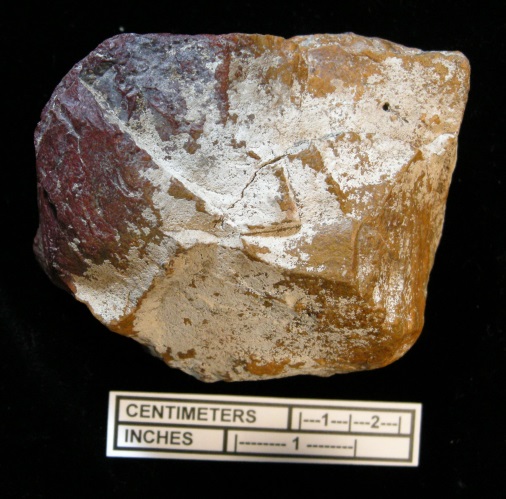
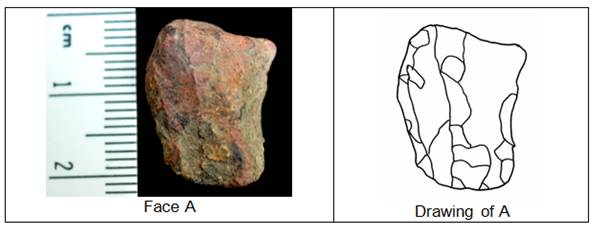
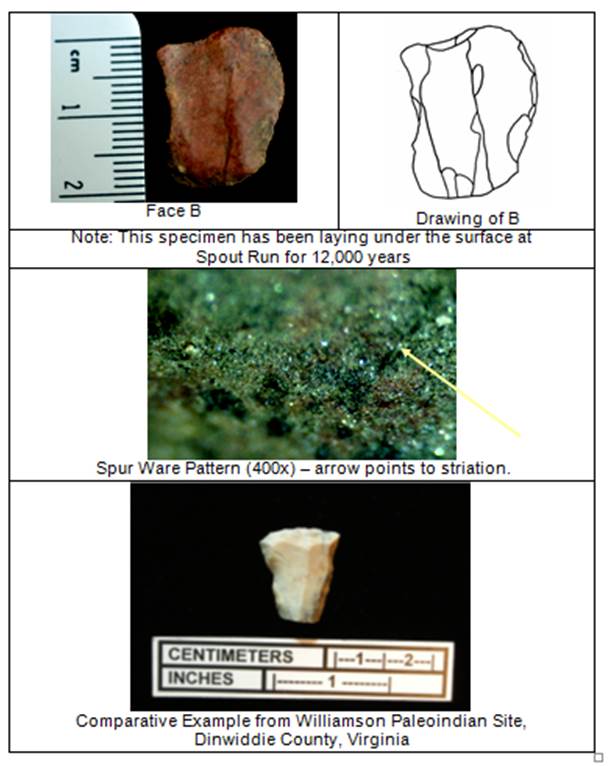
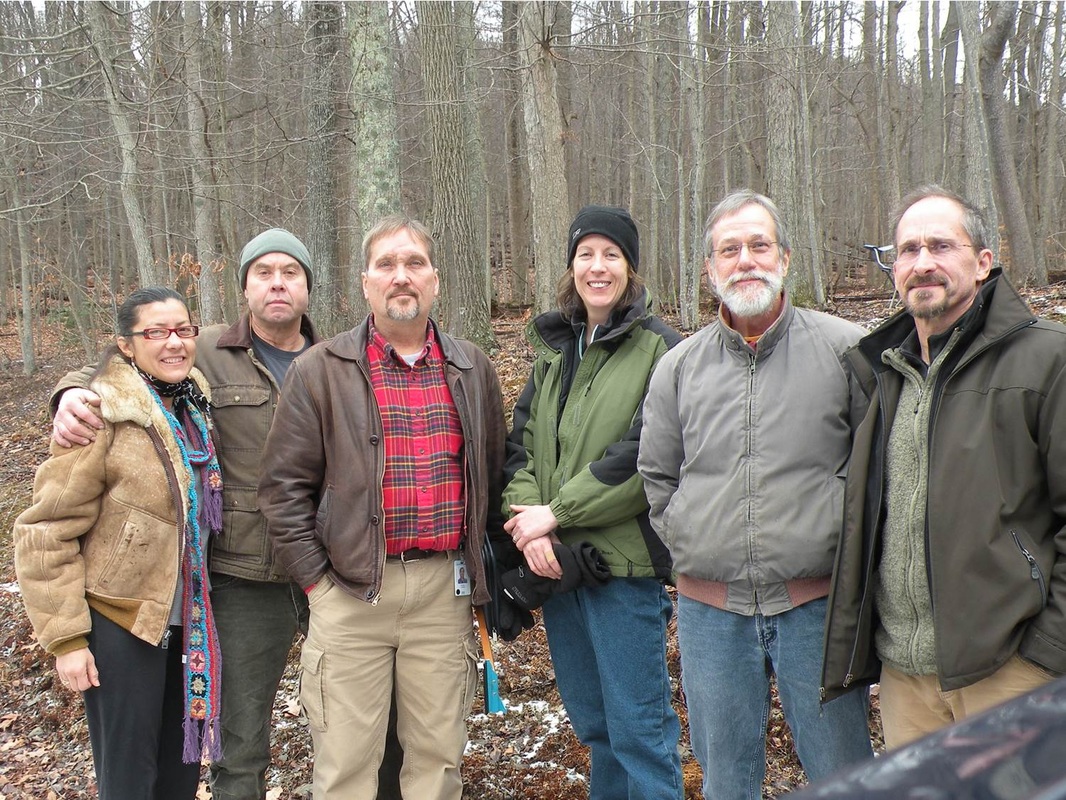
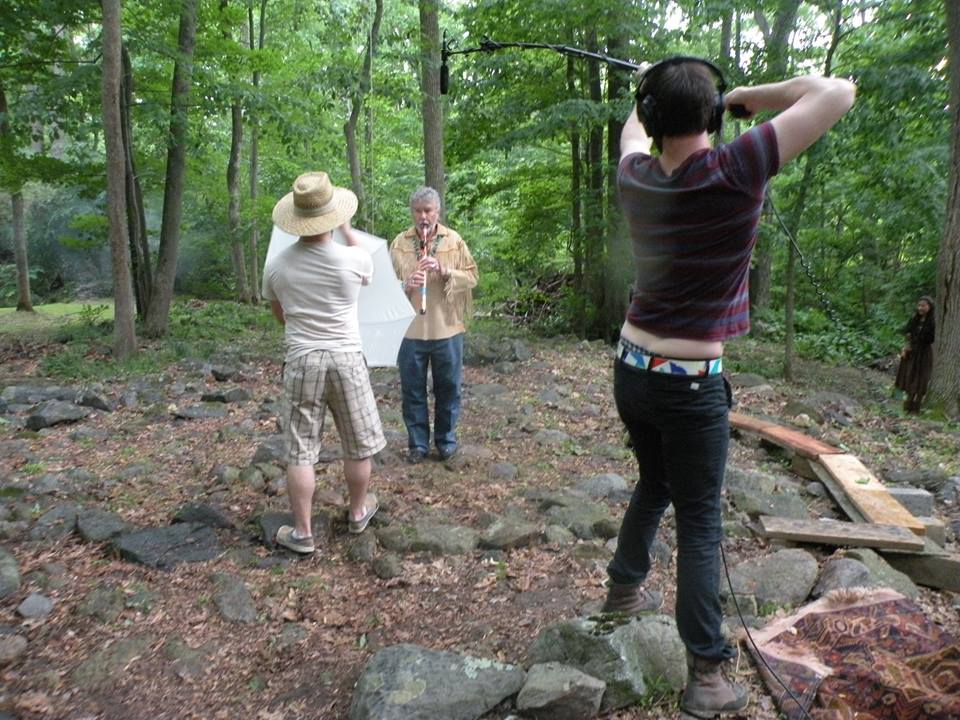
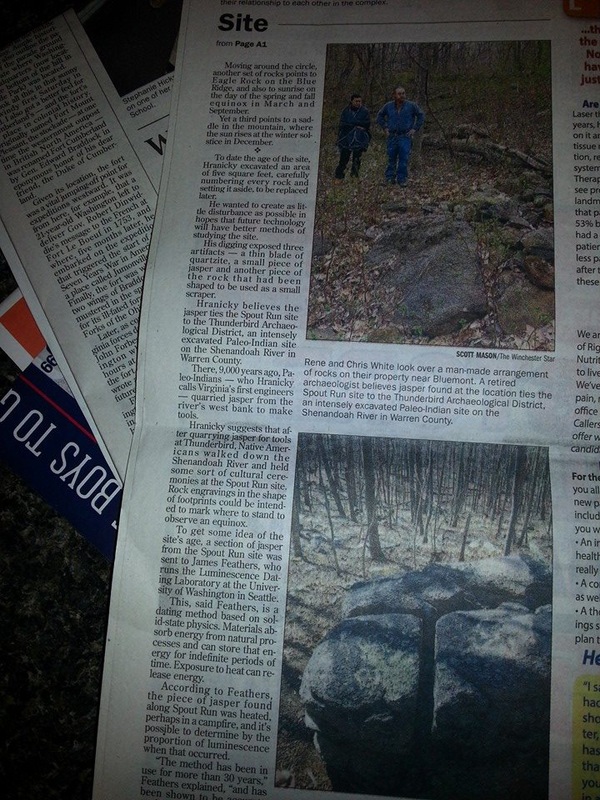
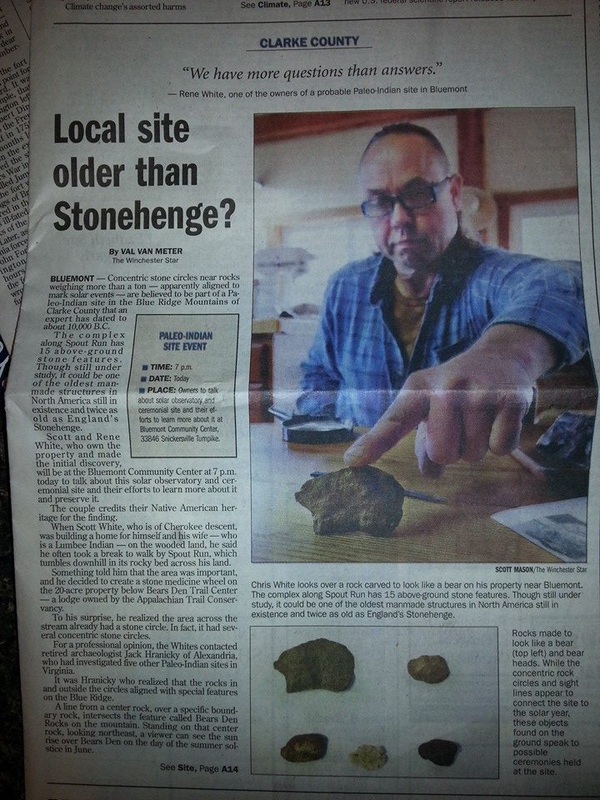
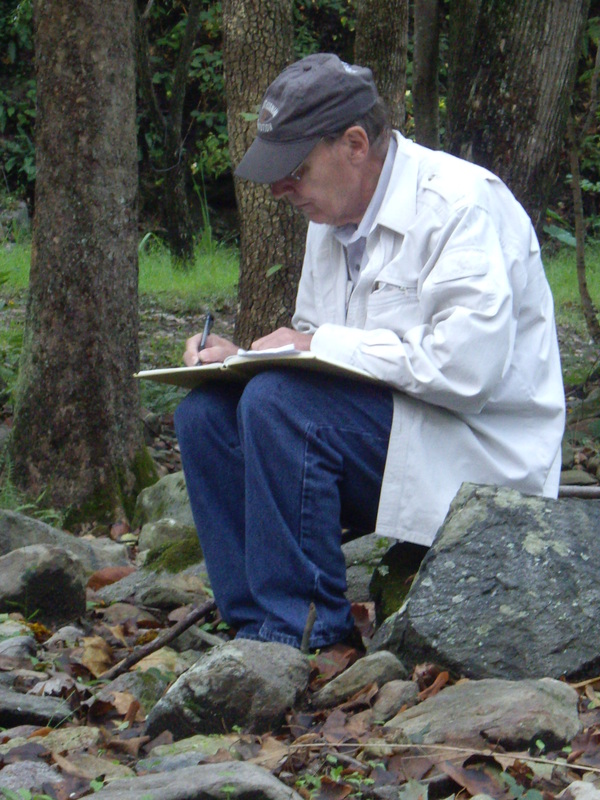
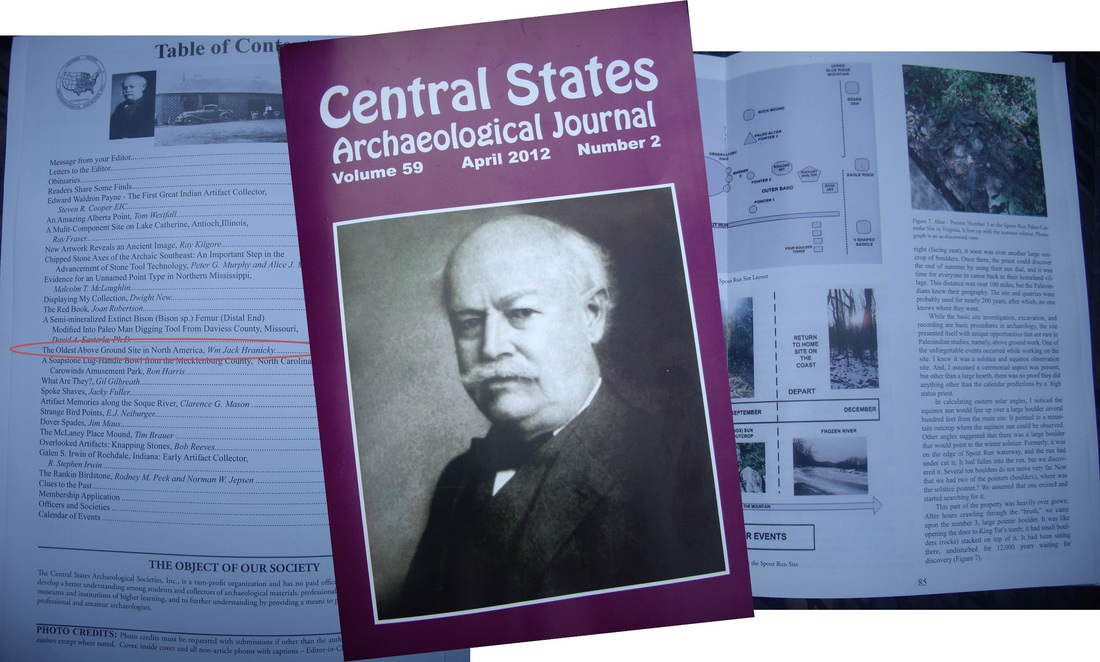
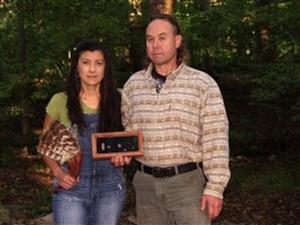
 RSS Feed
RSS Feed